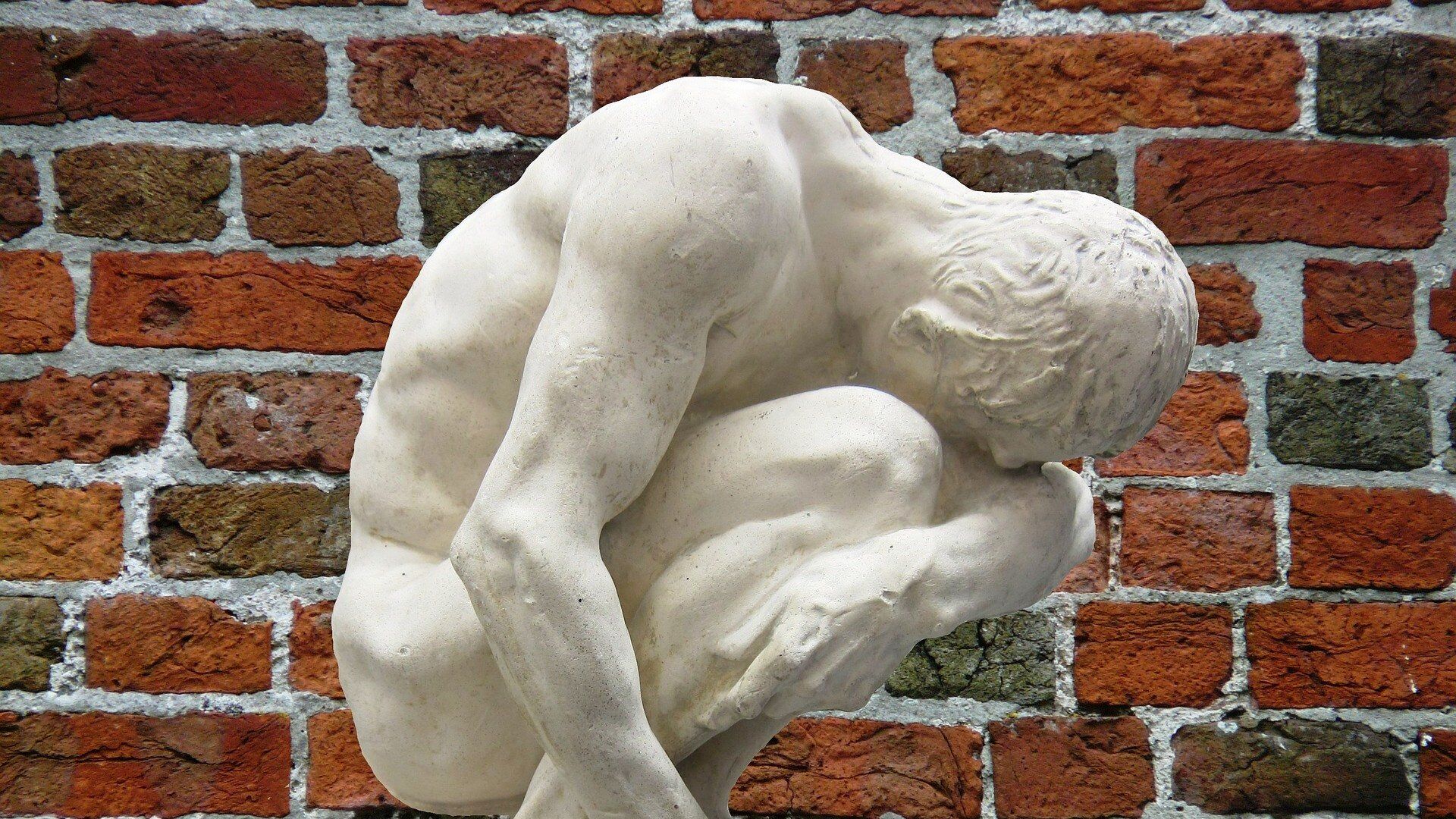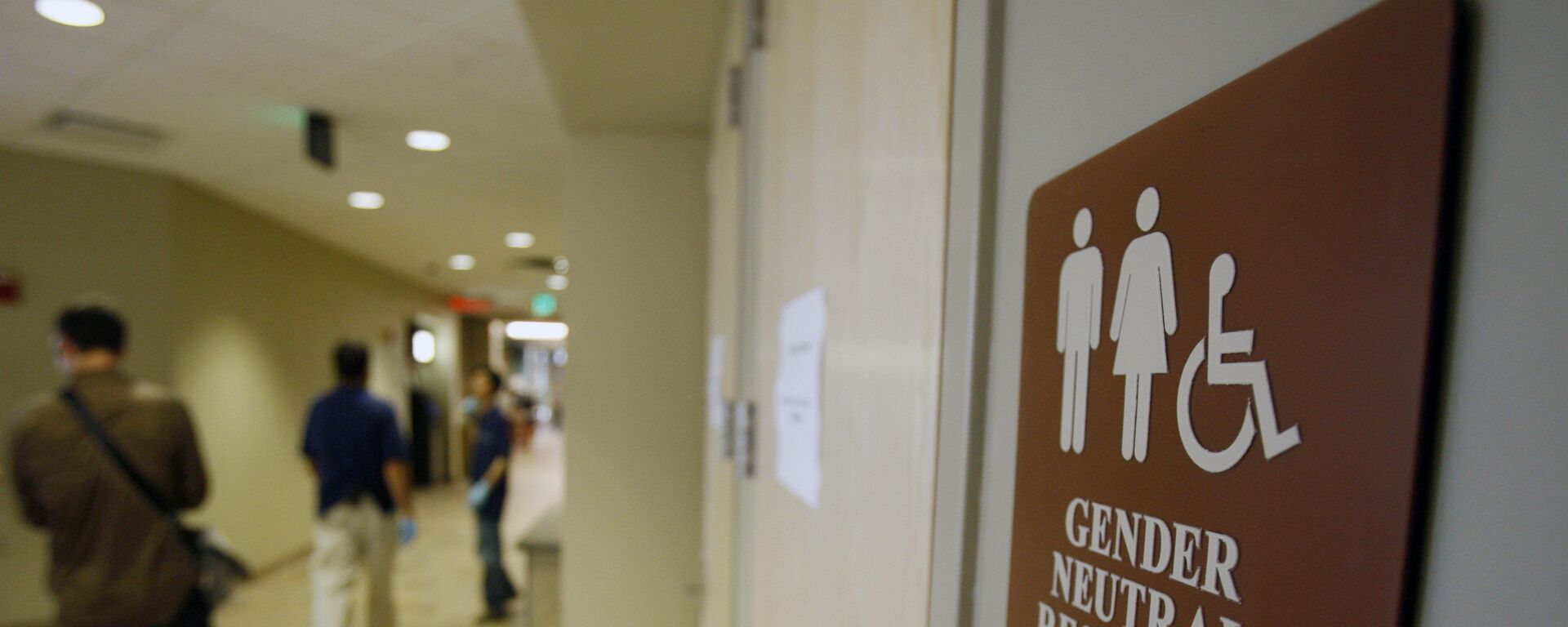From 'Handsome' to 'Disgusting': Danes Divided Over Controversial Statue of Breastfeeding Man
06:23 GMT 03.02.2022 (Updated: 11:00 GMT 07.04.2025)

© Photo : Pixabay
Subscribe
The 3.5-metre-high statue “Agape”, the Greek word for the highest form of love, depicts a naked man who has classic male features such as broad shoulders, narrow hips, a penis and a beard, yet also has female breasts and is in the process of breastfeeding a baby.
A statue of a breastfeeding man inaugurated in the foyer of the Gender Museum in the Danish city of Aarhus has stirred debate among the Danish public.
The 3.5-metre high statue shows a naked man with long hair and a beard. In addition to the classic physical male characteristics such as broad shoulders, narrow hips and a penis, the sculpture is also equipped with female breasts.
Named “Agape”, the Greek word for the highest form of love (as opposed to “eros”, or erotic love, and “philia”, or brotherly love), the statue was designed using 3D scans of the artist's own body and that of his girlfriend.
The goal of the statue, according to artist Aske Jonatan Kreilgaard, is to “question what the man should be and be able to do”.
According to Kreilgaard, the sculpture hadn't been made with provocation in mind. However, he welcomes the ensuing conversation.
“I'm glad it's starting to talk about these things. I think it's exciting to see what it creates of emotions, and we don't necessarily have to agree,” Aske Jonatan Kreilgaard told TV2.
“I'm glad it's starting to talk about these things. I think it's exciting to see what it creates of emotions, and we don't necessarily have to agree,” Aske Jonatan Kreilgaard told TV2.
According to the museum inspector at the Gender Museum, Julie Rokkjær Birch, “Agape” provides an apt occasion for dispute about the male gender.
“The expectations for the male role are in many ways narrower than the expectations for the female role, and the statue has helped to create some significant debates about the inherited cultural notions of the male gender that are still stuck”, Julie Rokkjær Birch told TV2.
On the museum's Facebook page, the statue sparked polarising reactions ranging from admiration to aversion. “Agape” has been called everything from “handsome” to “disgusting”.
Journalist Eva Selsing ventured in her opinion piece in the Berlingske newspaper that the statue was “left-wing radical” and “feminist propaganda” in an attempt to dismantle the very notion of gender.
According to Mathias Kryger, an art critic at Politiken newspaper, gender is an explosive topic that sets minds on fire, even when it comes to art.
“People who define themselves as men think the sculpture is banal in relation to the care that men actually provide today. People who define themselves as women think it steals from the women's domain by letting a male body breastfeed. Someone thinks it is an exponent of the agenda aimed at the the degradation of binary sex, and that it is therefore wrong and a provocation,” Kryger said of the ensuing debate.
Kryger himself argued that the sculpture doesn't add anything groundbreaking to the debate about gender roles.
“It seems to be an incredibly banal attempt to say something about gender and care based on some very old and long ago challenged notions about both gender roles, gender expression and biology,” Kryger told TV2.

